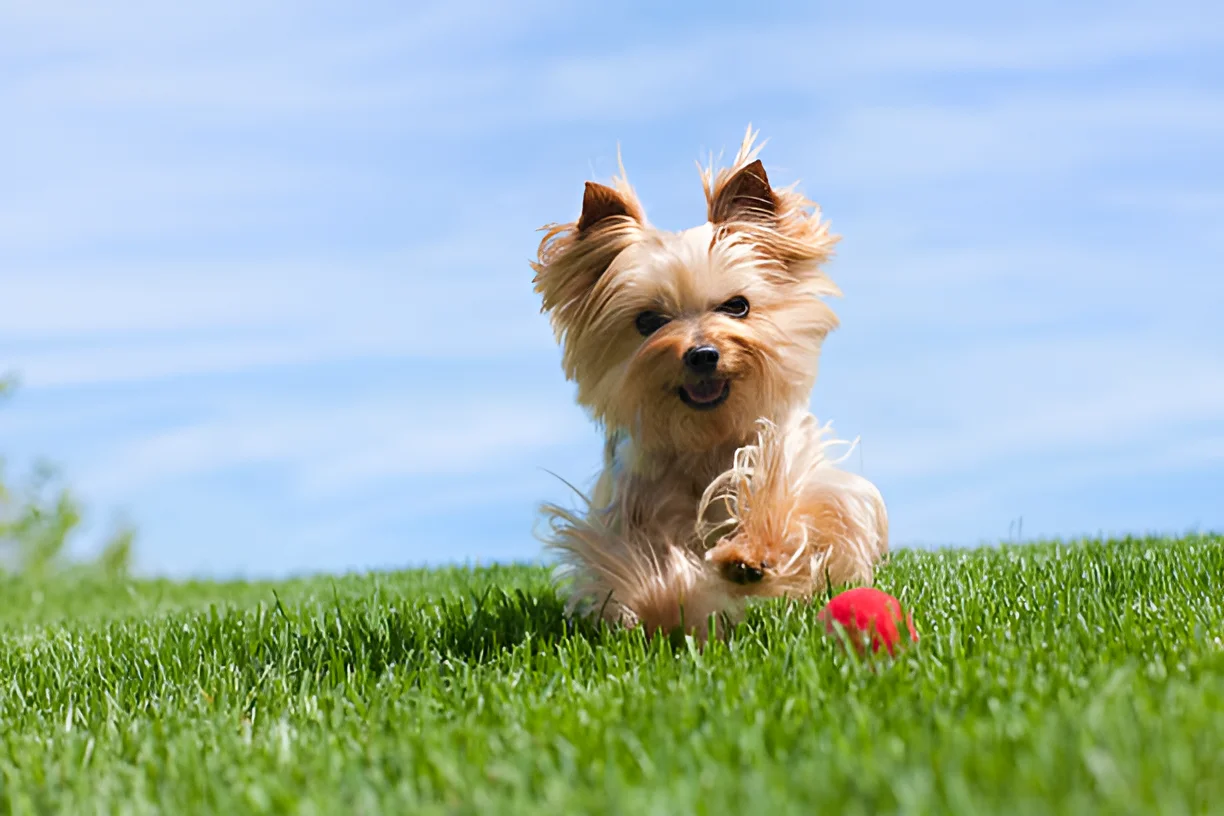Little dogs are often hyper due to their high energy levels, natural instincts, and need for mental and physical stimulation. Understanding the reasons behind their hyperactivity and how to manage it can help ensure a balanced and happy life for your small dog.
Small dogs, with their boundless energy and lively personalities, can often seem hyperactive compared to their larger counterparts. While this behavior can be endearing, it can also be challenging for owners to manage. This comprehensive guide explores why little dogs are so hyper, the factors contributing to their behavior, and effective strategies to manage their energy levels.
Understanding Small Dog Breeds
Common Traits of Small Dogs
Small dog breeds, such as Chihuahuas, Pomeranians, and Jack Russell Terriers, share several common traits that contribute to their hyperactivity.
- High Energy Levels: Many small dog breeds have high energy levels and require regular exercise to stay healthy and happy.
- Alertness: Small dogs are often more alert and reactive to their surroundings, which can make them appear more hyper.
- Playfulness: These breeds are typically very playful and enjoy engaging in various activities with their owners.
Historical Background
The history and original purpose of small dog breeds can also influence their behavior.
- Companion Animals: Many small dog breeds were developed as companion animals, bred to be lively and engaging to keep their owners entertained.
- Working Roles: Some small breeds, like the Jack Russell Terrier, were bred for specific tasks such as hunting and pest control, which required high energy and agility.
Factors Contributing to Hyperactivity
Genetics and Breed Characteristics
Genetics play a significant role in a dog’s energy levels and behavior.
- Inherited Traits: Certain breeds are genetically predisposed to be more energetic and active.
- Size and Metabolism: Small dogs often have faster metabolisms than larger dogs, which can contribute to their higher energy levels.
Environmental Influences
The environment in which a dog is raised can impact their behavior and energy levels.
- Stimulation: A stimulating environment with plenty of toys, activities, and interaction can help manage a small dog’s energy levels.
- Routine: Consistent routines and regular exercise can help small dogs expend their energy in a healthy way.
Health and Nutrition
A dog’s health and diet can also affect their energy levels and behavior.
- Diet: A balanced diet that meets a small dog’s nutritional needs is essential for maintaining their energy levels.
- Health Issues: Health problems such as thyroid imbalances or allergies can contribute to hyperactivity.
Managing Hyperactivity in Small Dogs
Exercise and Physical Activity
Regular exercise is crucial for managing a small dog’s energy levels.
- Daily Walks: Ensure your small dog gets at least one or two walks per day to burn off excess energy.
- Playtime: Engage in interactive play sessions with toys such as balls, frisbees, and tug toys.
- Agility Training: Consider agility training or other dog sports to provide both physical and mental stimulation.
Mental Stimulation
Mental stimulation is just as important as physical exercise for small dogs.
- Puzzle Toys: Use puzzle toys and treat-dispensing toys to challenge your dog’s mind and keep them occupied.
- Training Sessions: Incorporate short training sessions into your daily routine to teach new commands and tricks.
- Nose Work: Engage your dog in nose work activities, such as scent detection games, to stimulate their natural instincts.
Creating a Calm Environment
Creating a calm and structured environment can help manage a small dog’s hyperactivity.
- Routine: Establish a consistent daily routine for feeding, exercise, and playtime.
- Safe Space: Provide a designated safe space where your dog can retreat and relax when they need a break.
- Calming Aids: Consider using calming aids such as pheromone diffusers or calming treats to help reduce anxiety and hyperactivity.
Training and Behavior Modification
Positive Reinforcement
Positive reinforcement is an effective training method for managing hyperactivity.
- Rewards: Use treats, praise, and toys to reward calm behavior and reinforce positive actions.
- Consistency: Be consistent with commands and rewards to help your dog understand what is expected of them.
Obedience Training
Obedience training can help manage a small dog’s behavior and energy levels.
- Basic Commands: Teach basic commands such as sit, stay, come, and down to establish control and manage behavior.
- Impulse Control: Work on impulse control exercises, such as waiting at doors and not jumping on people, to help your dog learn self-control.
Health Considerations
Regular Veterinary Care
Regular veterinary care is essential to ensure your small dog’s health and well-being.
- Health Screenings: Regular health screenings can help detect and manage health issues that may contribute to hyperactivity.
- Preventative Care: Ensure your dog is up-to-date on vaccinations and preventative care to maintain their overall health.
Addressing Health Issues
If your small dog is exhibiting signs of hyperactivity, it’s important to address any underlying health issues.
- Veterinary Consultation: Consult your veterinarian to rule out any medical conditions that may be contributing to your dog’s behavior.
- Behavioral Therapy: In some cases, behavioral therapy or medication may be necessary to manage severe hyperactivity.
Conclusion
In conclusion, little dogs are often hyper due to their high energy levels, natural instincts, and need for mental and physical stimulation. By understanding the reasons behind their hyperactivity and implementing effective management strategies, you can ensure a balanced and happy life for your small dog. Regular exercise, mental stimulation, a calm environment, and consistent training are key to managing hyperactivity and promoting your dog’s well-being.
The photo featured below the post headline is Credit: Capuski/istockphoto
I hope you find this post helpful and informative. If Yes’ feel free to share it with your friends!
Frequently Asked Questions
Why are small dogs more hyper than larger dogs?
Small dogs often have higher energy levels and faster metabolisms, which can make them appear more hyper.
How can I calm my hyper small dog?
Regular exercise, mental stimulation, a consistent routine, and positive reinforcement training can help calm a hyper small dog.
Are certain small dog breeds more prone to hyperactivity?
Yes, breeds such as Jack Russell Terriers, Chihuahuas, and Pomeranians are known for their high energy levels and hyperactive behavior.
Can diet affect my small dog’s hyperactivity?
Yes, a balanced diet that meets your dog’s nutritional needs is essential for maintaining their energy levels and overall health.
Should I consult a veterinarian if my small dog is hyperactive?
Yes, consulting a veterinarian can help rule out any underlying health issues and provide guidance on managing hyperactivity.

